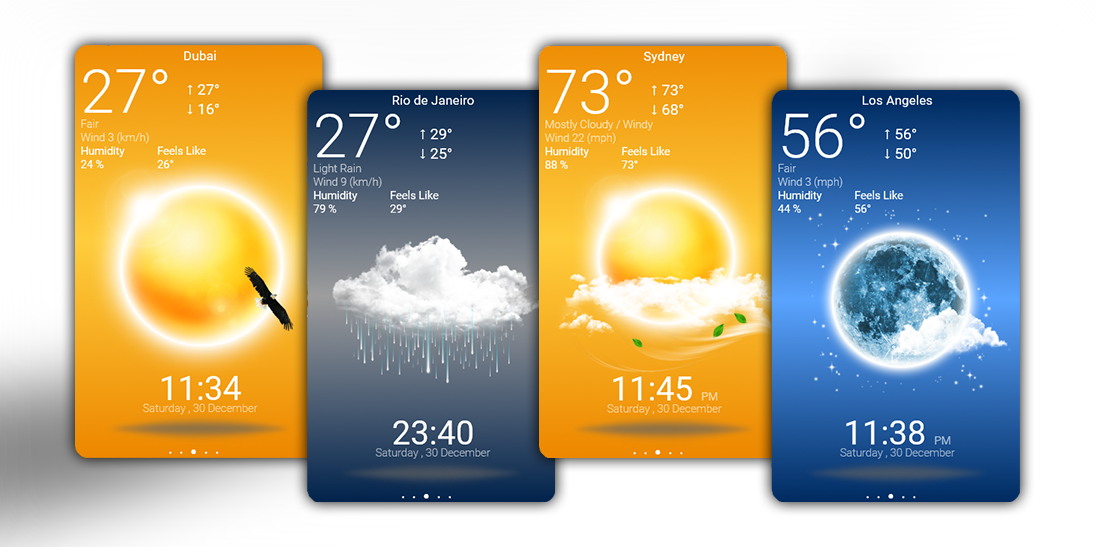
Ever found yourself staring at a weather app, only to realize the temperature is in Celsius when your brain is hardwired for Fahrenheit? Or perhaps you’re chatting with a colleague across the globe, and suddenly, the forecast they’re sharing feels like a foreign language. It’s a common, everyday hurdle for many of us, especially those living in or frequently interacting with people from the United States and its territories. This minor inconvenience can quickly become a major headache, leaving you scrambling for a conversion tool or, worse, guessing whether you need a heavy coat or a swimsuit.
Indeed, encountering temperatures in Celsius when you’re accustomed to Fahrenheit is more than just a passing thought; it’s a tangible challenge that pops up in the most unexpected moments. Maybe it’s your car thermometer, inexplicably reverting to the metric system, or a recipe from an international cookbook. For anyone who regularly navigates a world where two different temperature scales coexist, the ability to effortlessly switch between them is less of a luxury and more of a vital skill. We’re here to make that skill second nature, proving that you don’t need a math degree or even a calculator to understand what’s truly going on with the mercury.
The global landscape of temperature measurement is quite striking. While Fahrenheit proudly holds its ground in the U.S., Belize, the Cayman Islands, Palau, and the Bahamas, the vast majority of the world, having largely moved to Celsius by 1960, embraces the metric system’s elegant simplicity. This widespread adoption of Celsius isn’t just a matter of convenience; it’s rooted in its logical design. Celsius brilliantly pegs the freezing point of water at a neat 0 degrees and its boiling point at 100 degrees. This makes calculations and scientific applications incredibly intuitive, a stark contrast to Fahrenheit’s less rounded figures of 32 degrees for freezing and 212 degrees for boiling.
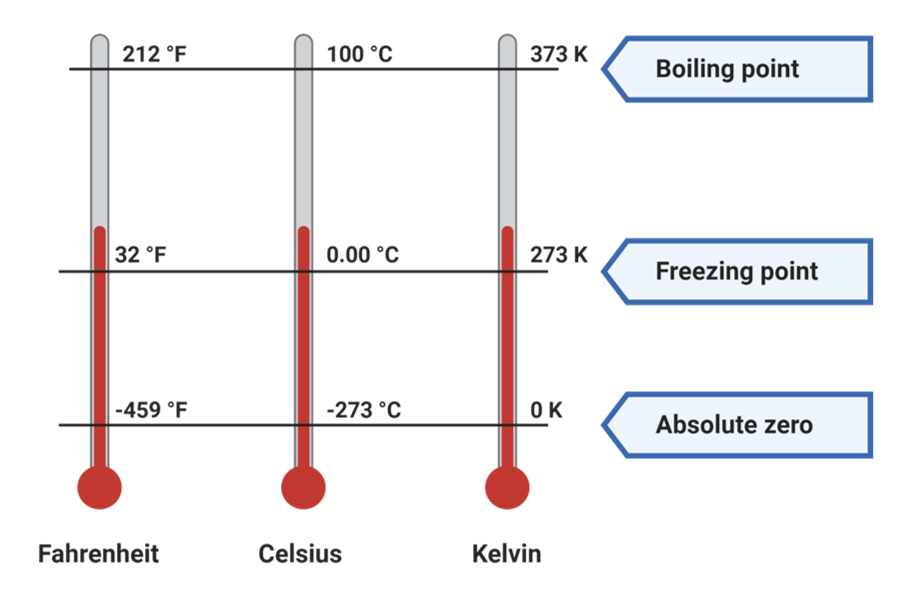
The historical journey of these two systems is fascinating, highlighting different approaches to scientific measurement. Fahrenheit was groundbreaking in its time, lauded as the first method to successfully and consistently measure temperature. Its development marked a significant step forward in understanding the physical world. However, as the world moved towards a more unified scientific standard, Celsius emerged as the preferred system due to its base-ten simplicity, aligning perfectly with other metric units that make up the International System of Units (SI).
Yet, despite the global shift, the United States famously botched its attempt to convert the public to Celsius. This led to the effort eventually being abandoned, leaving a significant divide in how temperatures are communicated and understood. This isn’t just an academic point; it’s had real-world, sometimes catastrophic, consequences. A poignant example, etched into the annals of scientific blunders, occurred in 1999 when NASA tragically lost an entire $125 million Mars orbiter. The cause? A navigation communication failure rooted in one team, Lockheed Martin, using metric units, while NASA’s own team stuck resolutely with Fahrenheit. This costly oversight underscores the critical importance of clear, consistent understanding across different measurement systems.
So, if you’re like most people, when you encounter a temperature in the ‘other’ system, your immediate instinct might be to reach for a conversion formula. And indeed, the precise mathematical formulas exist. For converting Celsius to Fahrenheit, you’d use: (°C * 1.8) + 32 = °F. And for Fahrenheit to Celsius: (°F – 32) / 1.8 = °C. These formulas are precise, yielding exact conversions, which is crucial for scientific experiments or highly technical applications.
Let’s walk through a quick example to truly appreciate why these traditional formulas, while accurate, aren’t exactly ideal for on-the-fly mental calculations. Imagine the temperature outside is 18 °C, and you want to know what that means in Fahrenheit. You’d plug it into the formula: (18 * 1.8) + 32. First, you multiply 18 by 1.8, which gives you 32.4. Then, you add 32 to that, resulting in 64.4 °F. While not inherently difficult, that multiplication by 1.8 and dealing with decimals certainly isn’t something you can easily do in your head while rushing out the door or explaining the weather to a friend.

Now, let’s flip it around. Say you’re feeling unwell, and your body temperature is 101.3 °F. To translate that to Celsius, you’d apply the second formula: (101.3 – 32) / 1.8. Subtracting 32 from 101.3 yields 69.3. Then, dividing 69.3 by 1.8 gives you approximately 38.5 °C. Again, these steps, particularly the division by 1.8, definitely require a calculator or some serious mental gymnastics. It’s clear that for most everyday scenarios, relying on these precise formulas simply isn’t practical or efficient.
This is precisely why we’re here to empower you with simpler solutions. The good news is, you don’t always need to perform complex multiplication or division with decimals. For day-to-day understanding – whether it’s deciding if you need a jacket or if it’s hot enough for ice cream – a ballpark figure is often more than enough. The trick lies in shifting your mindset from exact mathematical conversions to quick, intuitive approximations. You can achieve this by familiarizing yourself with a few key reference points that act as mental anchors, allowing you to quickly gauge temperatures without ever touching a calculator.
One of the most effective ways to instantly bridge the gap between Celsius and Fahrenheit is to simply memorize a few crucial temperature benchmarks. These aren’t random numbers; they are strategically chosen points that allow for easy mental toggling between the two scales. Once these numbers are committed to memory, you’ll find yourself effortlessly understanding what those Celsius degrees truly feel like, or what a Fahrenheit reading means in metric terms. It’s about building a mental bridge, rather than constantly rebuilding it with complex calculations.
Consider these incredibly useful pairs, suggested by Lifehacker, as your starting point for this mental mastery. They are designed to be easily “flipped” and give you an immediate sense of the temperature’s significance. First up, we have 4 degrees Celsius, which is remarkably close to 40 degrees Fahrenheit. Think of this as “cold-ish.” If the weather report says 4°C, you know it’s the kind of day where your kid will definitely be needing long johns. It’s chilly, but not absolutely freezing, and 40°F gives you that familiar sense of crisp, cool air.
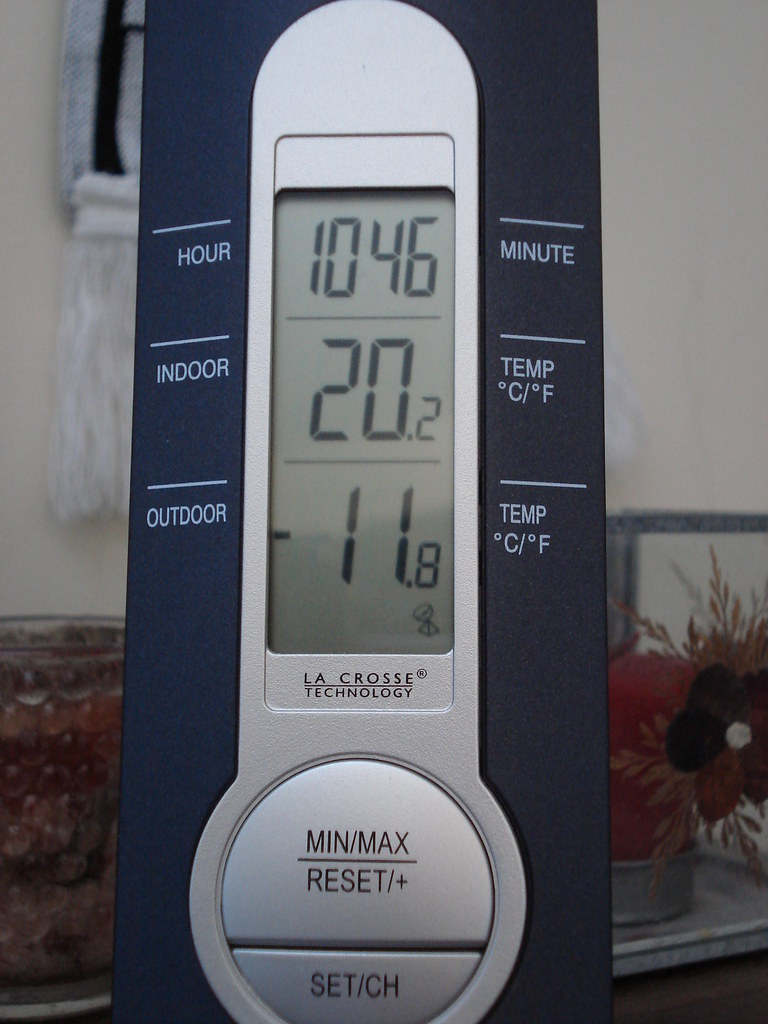
Moving up the thermometer, 16 degrees Celsius translates almost perfectly to 61 degrees Fahrenheit. This is that lovely, mild weather. Imagine stepping outside and thinking, “You could almost wear shorts!” It’s comfortable, perhaps a light jacket is all you need, and 61°F perfectly encapsulates that pleasant, not-too-hot, not-too-cold feeling. This pair is fantastic for quickly assessing comfortable outdoor conditions.
When things start to warm up, remember that 28 degrees Celsius is equivalent to 82 degrees Fahrenheit. Now, this is definitely “warm and summery!” This is the kind of temperature that makes you crave air conditioning, cold drinks, and maybe a dip in the pool. If you see 28°C on the forecast, you can instantly picture a hot, leisurely summer day, knowing 82°F is right there in your mind as the familiar equivalent. It’s beach weather, for sure.
And for those really scorching days, commit this pair to memory: 40 degrees Celsius equals a staggering 104 degrees Fahrenheit. When you hear 40°C, your mind should immediately conjure images of intense heat, like “it’s like July 2023 out there!” This is extreme heat territory, the kind of warmth that warrants caution and staying indoors. Knowing 104°F as its direct counterpart helps to fully grasp the severity of such a temperature reading. It’s a lifesaver for quickly understanding heat warnings from abroad.
Read more about: 5 No-Brainer Luxury Tech and Lifestyle Gifts to Power Up His Life
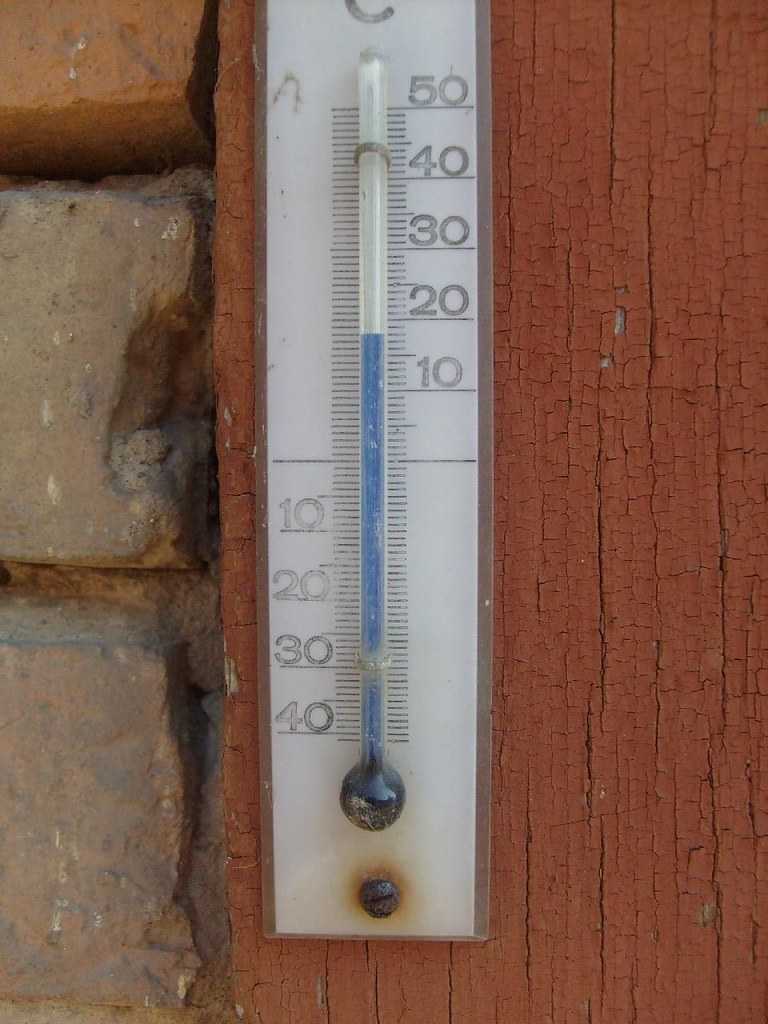
There’s also a fascinating point of “parity” between the two scales, where they actually intersect. At -40 degrees Fahrenheit, the temperature is precisely the same as -40 degrees Celsius. While we sincerely hope you never encounter weather this cold in your daily life, it’s a noteworthy mathematical curiosity and a fun fact to impress your friends. It illustrates how the scales converge at extreme lows, a unique point where no conversion is needed at all! For all other points, however, the differences are quite significant, highlighting why these mental conversion tricks are so valuable.
Beyond just these “flippable” numbers, expanding your memorized repertoire to include a few other common and critical temperatures will give you an even more comprehensive understanding. For instance, the boiling point of water is 100°C, which is 212°F. The freezing point of water, a fundamental benchmark, is 0°C, or 32°F. Knowing these foundational points provides a solid anchor for understanding extreme ends of the temperature spectrum. They’re invaluable in everyday life, from cooking to understanding weather alerts.
Consider also room temperature, typically around 20°C, which feels like a comfortable 68°F. This is a great reference for indoor climates. Your normal body temperature, a crucial medical benchmark, is 37°C, equivalent to 98.6°F. These are not just scientific facts; they are practical points of reference that give meaning to temperature readings you encounter in various contexts, from a doctor’s visit to simply setting your thermostat. Having these points internalized means you don’t just see a number; you understand what it signifies for your comfort and health.
What about those really chilly days? A very cold day might hit -10°C, which translates to a brisk 14°F. And if it’s an extremely cold day, you might see temperatures plummet to -20°C, feeling like a bitter -4°F. While these are less common for many, they provide crucial context for understanding severe weather warnings, especially when traveling or following news from colder climates. The ability to instantly grasp the severity of these temperatures without fumbling for a calculator is truly empowering.
By consciously studying and internalizing these key temperature pairings, you’re not just memorizing numbers; you’re building an intuitive understanding of both Celsius and Fahrenheit. This isn’t about rote memorization for a test; it’s about equipping your brain with ready-made mental anchors that make temperature conversion a seamless, almost unconscious process. You’ll find yourself no longer intimidated by unfamiliar temperature units, instead greeting them with confident comprehension. This simple trick transforms temperature conversion from a chore into an effortless piece of everyday knowledge, allowing you to confidently navigate weather forecasts, international news, and conversations with friends across the globe.
Having explored why temperature conversion is such a vital skill, and how traditional, precise formulas aren’t practical for our fast-paced lives, it’s time to unveil the real game-changer. We’ve talked about the power of memorizing key temperature points, which is incredibly useful for specific scenarios. But what if you need a general, quick trick that works for almost any temperature, right in your head, without fumbling for a chart or an app? That’s exactly where the super-easy conversion trick comes in, liberating you from the mental gymnastics of multiplication by 1.8 or complex subtractions. It’s about empowering you with immediate, useful advice you can apply directly to your life.
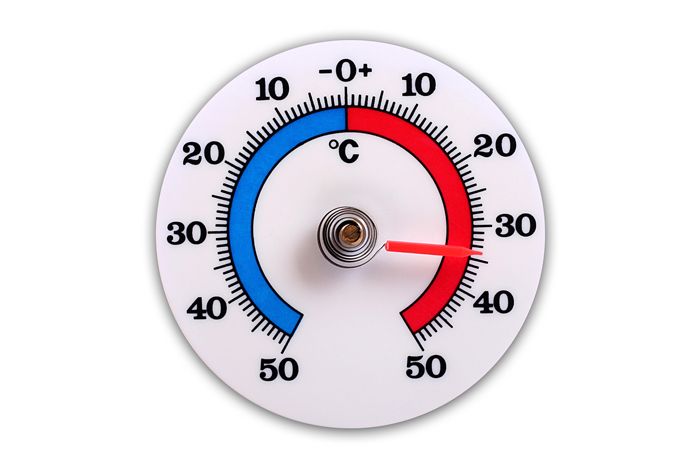
Let’s dive into the ultimate shortcut that makes converting Celsius to Fahrenheit an absolute breeze. Forget those complex decimals and multiple steps. The simplest, most effective rule of thumb is this: to convert Celsius to Fahrenheit, you just multiply the Celsius temperature by 2, and then add 30. That’s it! This elegant two-step process bypasses the clunky multiplication by 1.8 and instantly gives you a remarkably close estimate. It’s the kind of direct, easy-to-understand advice that cuts straight to the chase, focusing on efficiency in conveying information.
Imagine the weather forecast in a foreign city shows 22 degrees Celsius, and you need to know if you should pack a heavy coat or light layers. Instead of reaching for your phone or struggling with mental long division, you simply apply the trick: 22 multiplied by 2 equals 44. Then, add 30 to that 44, which gives you 74. So, 22°C is approximately 74°F. This immediately tells you it’s a warm, comfortable day, perfect for shorts or light attire. You’ve solved a common everyday problem with incredible speed and ease, improving your productivity in the face of a simple informational gap.
Now, what about converting Fahrenheit back to Celsius? The beauty of this super-easy trick is that it works in reverse with just as much simplicity. To convert Fahrenheit to Celsius, you subtract 30 from the Fahrenheit temperature, and then divide the result by 2. It’s the perfect inversion of the first rule, making it incredibly intuitive to toggle between the two scales. This clear and concise method is designed for anyone to follow, without unnecessary jargon.
Consider a scenario where you’re chatting with an international colleague, and they mention the office air conditioning is set to 78 degrees Fahrenheit. To quickly understand what that feels like in Celsius, you’d perform a rapid mental calculation: 78 minus 30 equals 48. Then, you divide 48 by 2, arriving at 24 degrees Celsius. This instantly brings clarity to the conversation, allowing you to gauge the comfort level without missing a beat. It’s about giving you practical knowledge and tools to manage information more effectively.

It’s important to address the accuracy of this trick. While not perfectly precise like the mathematical formulas (which, for our 22°C example, would yield 71.6°F, and for 78°F, 25.5°C), this approximation is well within an acceptable margin of error for most daily applications. As one expert succinctly put it, for most people, all you ever want to know is if you’ll “need a jacket or will burst into flames.” For those common scenarios—deciding what to wear, understanding a quick weather report, or chatting casually about temperatures—a ballpark figure is more than enough.
This principle of ‘good enough’ accuracy for everyday practicality is a cornerstone of smart problem-solving. While a scientist or an engineer might absolutely require the exact decimal precision for their work, your average person simply needs to know if 30 degrees means sunbathing weather or a brisk winter chill. This trick effectively shifts your mindset from striving for scientific exactitude to achieving quick, intuitive understanding, perfectly aligning with a problem-solving orientation.
For those who appreciate having a slightly different tool in their mental arsenal, there’s another popular approximation that can also be incredibly useful. This method involves doubling the Celsius temperature, then subtracting 10% from that doubled number, and finally adding 32. For example, if it’s 20°C: doubling it gives you 40. Ten percent of 40 is 4. Subtracting 4 from 40 gives you 36. Add 32 to that, and you get 68°F (which is the exact conversion for 20°C!). While it involves an extra step of calculating a percentage, many find it surprisingly accurate for common temperatures.

The real power of these simplified methods lies in their ability to make temperature conversion truly accessible. No more reaching for your calculator app, no more desperately searching online, and no more frustrating pauses in conversation. They empower you to take control of what can otherwise be a minor but persistent annoyance in a globally connected world. This approach makes complex topics digestible for a general audience, transforming a potential stumbling block into a confident stride.
Integrating these quick tricks into your daily routine is the key to mastering them. Try to mentally convert temperatures whenever you encounter them—whether it’s on a weather app, in a news report, or even just hearing someone mention a temperature in the ‘other’ system. The more you practice multiplying by 2 and adding 30, or subtracting 30 and dividing by 2, the more ingrained and automatic this skill will become. It’s about building a mental muscle for effortless understanding.
This isn’t just about avoiding math; it’s about building a profound intuition for temperature that transcends measurement systems. You’ll start to automatically associate a Celsius number with a Fahrenheit ‘feel,’ and vice-versa, without conscious effort. This intuitive grasp fosters greater confidence in navigating diverse information streams and conversations, whether you’re planning a trip abroad or simply interpreting a global news report. You are empowered to easily translate numbers into real-world comfort or concern.
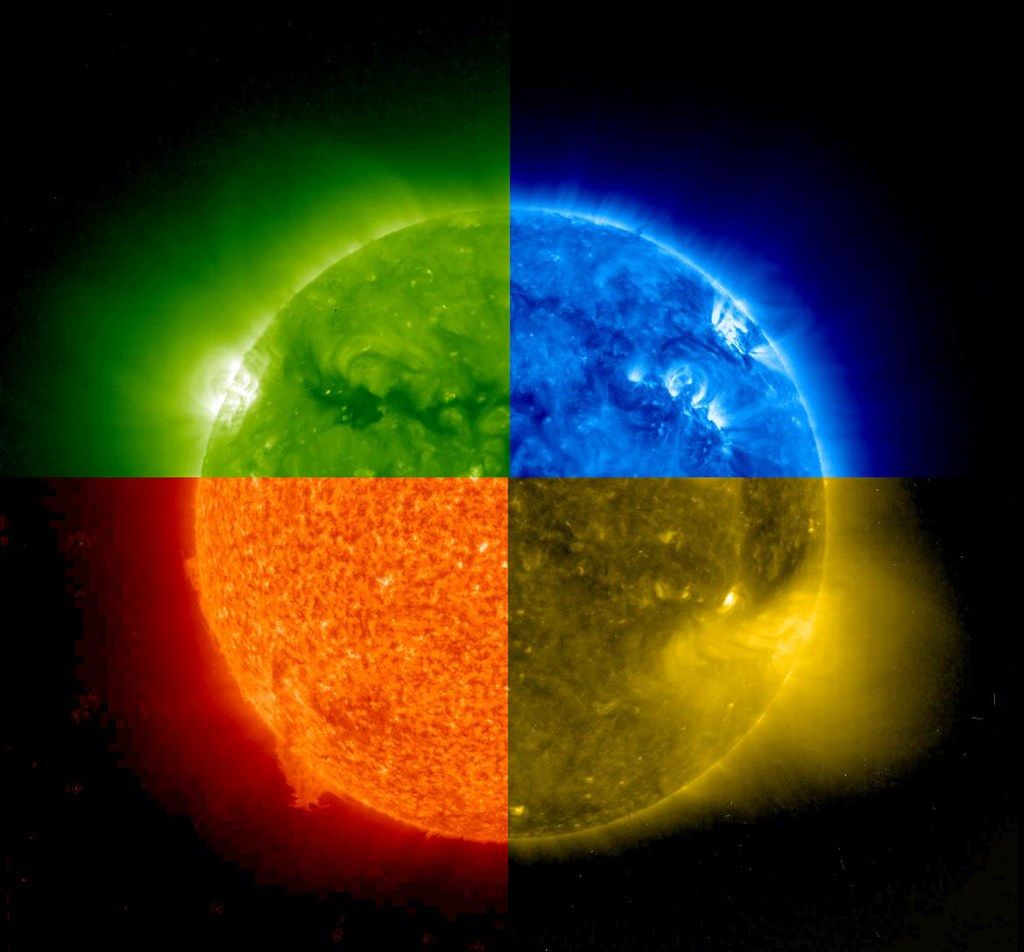
Read more about: Unmasking You: The Little Things That Secretly Reveal Your True Personality
So, embrace these super-easy tricks. They are your passport to instant temperature understanding, breaking down a common communication barrier with elegance and simplicity. You’ll find yourself confidently navigating weather patterns, international reports, and conversations with newfound ease. It’s a small trick that yields a big return in daily convenience and confidence, proving that the smartest solutions are often the simplest ones.



